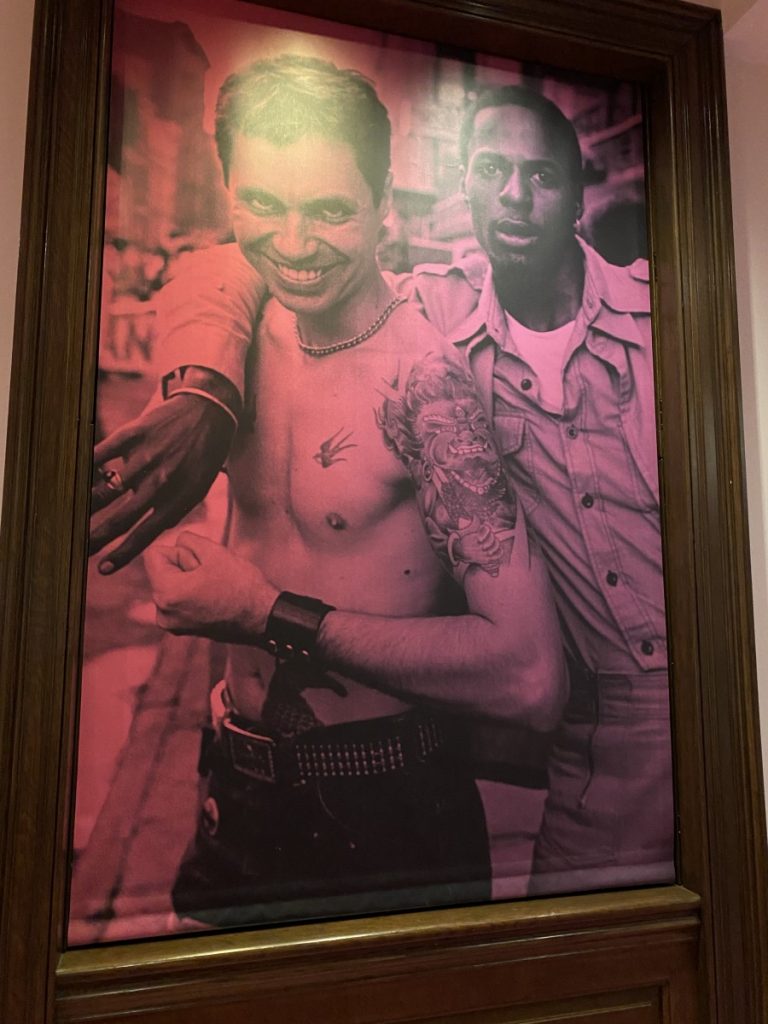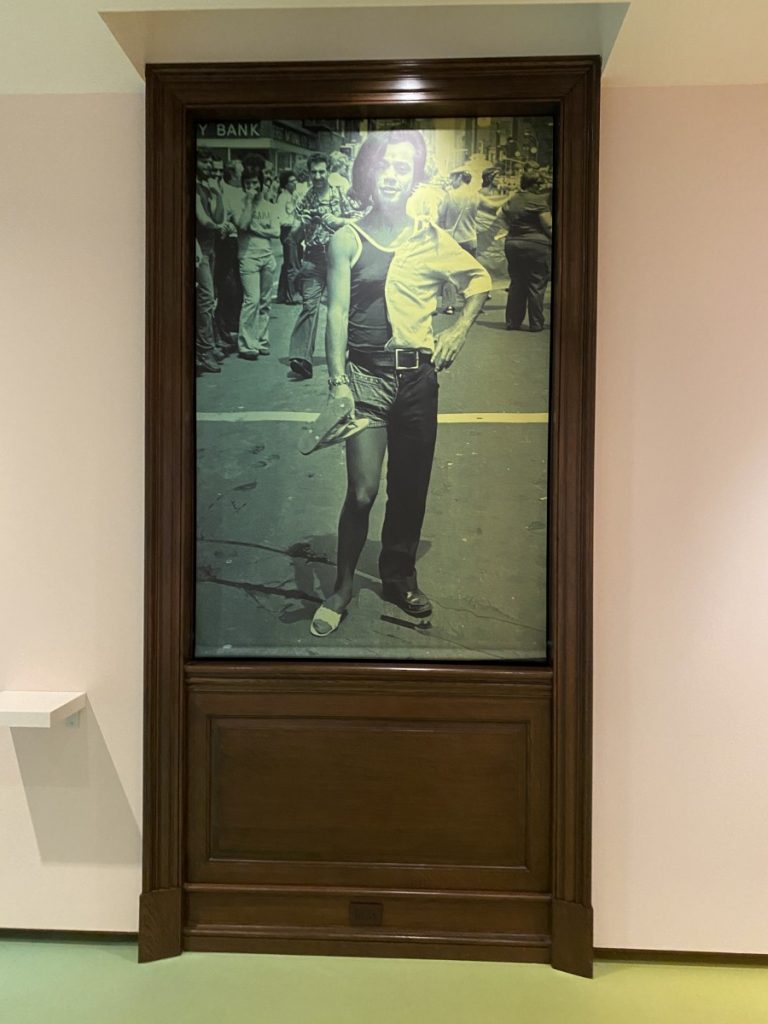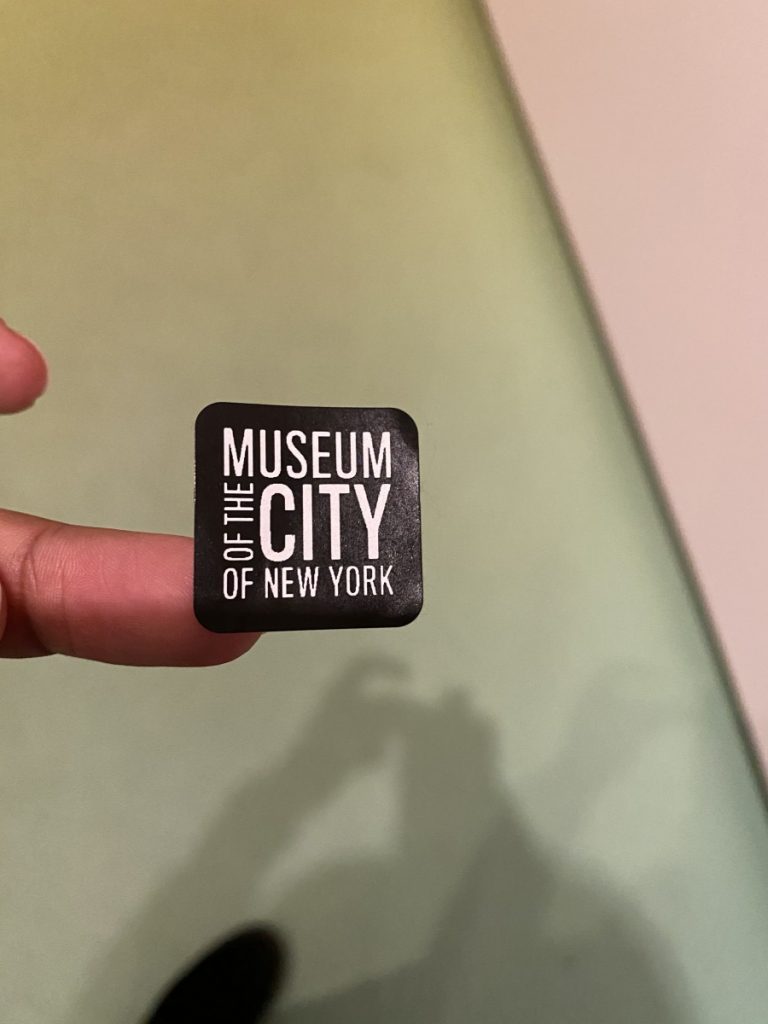Isis Samuels Swaby
Professor Peter Labrozzi
Photo 2
December 13 2019
Extra Credit
McDarrah’s PRIDE exhibition at ‘The Museum of New York City, gave a visual voice to people who were voiceless through his images documenting their experience in New York City in the 19602-1970s. I enjoyed the movement and facial expressions that was captured at the riots and in the mist of it all people were able to find joy. McDarrah humanized his subjects with his work, I like the unassuming shots which some are slightly caught off guard and showing the patrons in action protesting. The Stonewall Riots represented a time when LGBT rights weren’t as prevalent. This photograph captured the unity in the group of rioters ans I like the framing of the crowd by the poles in the street. The Stonewall riots gave a voice to the voiceless, at the time when gay people felt unheard and rejected by society. I like the transparencies colors on the photographs. The film quality adds to the meaning of the history and grabs historical time capsule which marks the past and the development of what has grew into more rights and freedoms for LGBT. He captures their souls through their eyes.
The dark room film proofs shows the classic New York City’s grit and ambition of what LGBT movement has contributed to culture. These film proofs are my favorite out of the exhibition because I am able to see set a photographs that pulls the entire story together The woman in the photo has a symmetry and a focal point, the essence of man being able to be himself in his nature form at the riots and festivals. “Through violent demonstrations by members of the gay (LGBT) community against a police raid that began in the early morning hours of June 28, 1969, at the Stonewall Inn in the Greenwich Village neighborhood of Manhattan, New York City. They are widely considered to constitute the most important event leading to the gay liberation movement and the modern fight for LGBT rights in the United States. At the time, the Stonewall Inn was owned by the Mafia. It catered to an assortment of patrons and was known to be popular among the poorest and most marginalized people in the gay community: butch lesbians, effeminate young men, drag queens, male prostitutes, transgender people, and homeless youth. ” (History 1)
Therefore, these photos tell a story about a social revolution that set the standard of LGBT community to build resources and find their voice in their truth and reality of being outsiders who found a safe place.
Source
https://www.history.com/news/stonewall-riots-timeline
https://www.mcny.org/exhibition/pride







